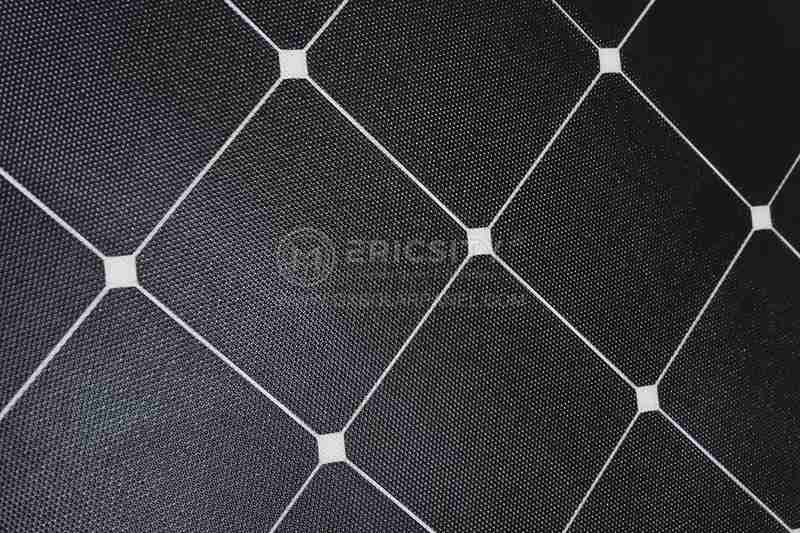HOT PRODUCT
Product Details
exploring Innovative Uses Of Amorphous Flexible Solar Panels
Exploring Innovative Uses of Amorphous Flexible Solar Panels
Solar energy has become a prominent source of renewable energy in recent years. With advancements in technology, solar panels have evolved from large, rigid structures to more flexible and adaptable forms. One such innovation in photovoltaic technology is the development of amorphous flexible solar panels. These panels offer numerous advantages and have opened up new possibilities for their utilization in various industries and applications.
Amorphous flexible solar panels, also known as thin-film solar panels, are made of a non-crystalline form of silicon, as opposed to the traditional crystalline silicon-based solar panels. This unique composition allows them to be extremely lightweight, thin, and flexible, making them highly versatile in terms of installation options. They can be easily integrated into curved surfaces, such as building facades, vehicles, or even clothing, enabling solar energy generation in unconventional locations.

One of the significant advantages of amorphous flexible solar panels is their enhanced performance under low-light conditions. Unlike crystalline silicon panels that require direct sunlight to operate efficiently, amorphous panels can generate electricity even in partly shaded or cloudy environments. In addition, they have a higher temperature coefficient, meaning they experience minimal power reduction as temperature rises, making them more efficient in hot climates. This adaptability allows for maximal energy production throughout the year, regardless of weather conditions or geographic location.
The potential uses for amorphous flexible solar panels are vast. Their lightweight and flexible nature make them ideal for integration into wearable technology. Imagine a backpack with solar panels embedded, capable of charging your devices during the day while you’re on the move. Similarly, smart clothing embedded with solar panels could power small electronic devices or even monitor vital signs, combining fashion and sustainability seamlessly.
Another innovative application of amorphous flexible solar panels is in the automotive industry. These panels can be integrated into the body of electric vehicles, providing an additional source of renewable energy to charge the batteries. The flexibility of these panels enables their installation on curved surfaces, such as the roof or hood, ensuring optimal exposure to sunlight. This integration not only increases the vehicle’s driving range but also reduces its reliance on an external charging network, thus promoting a more sustainable transportation system.

The construction industry is also exploring the potential of amorphous flexible solar panels. By incorporating them into building materials, such as windows or facades, solar energy generation can become an integral part of the infrastructure. These panels can harvest sunlight throughout the day, contributing to the building’s energy needs or even feeding surplus energy back into the grid. Incorporating solar panels into architectural design allows for both energy generation and aesthetic appeal, paving the way for sustainable and visually appealing buildings.
Beyond these applications, amorphous flexible solar panels can be utilized for portable solar chargers, powering remote sensors in ecological monitoring systems, or even powering devices in developing regions with limited access to electricity grids. Their adaptability, lightness, and ease of installation make them an ideal choice for such diverse applications.
In conclusion, amorphous flexible solar panels have unleashed a new wave of possibilities in harnessing solar energy. Their lightweight and flexible design enable seamless integration into various industries and applications, from wearable technology to automotive and construction sectors. Additionally, their ability to perform optimally in low-light conditions and high temperatures further enhances their suitability for diverse environments. As technology continues to advance, the innovative use of amorphous flexible solar panels will undoubtedly shape our sustainable future.




